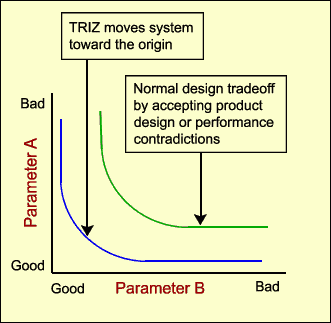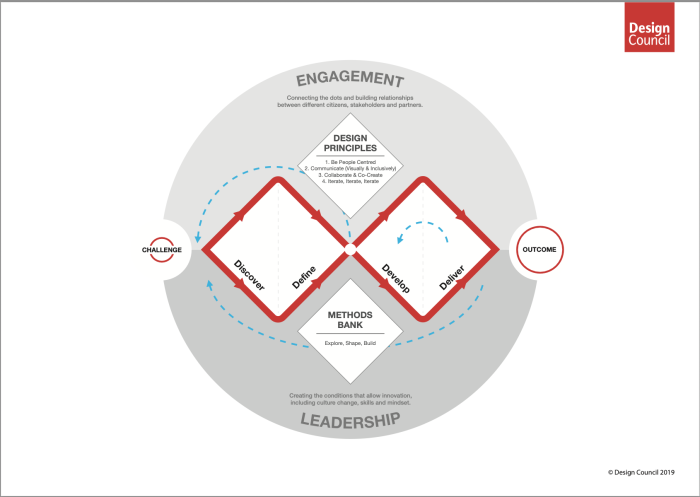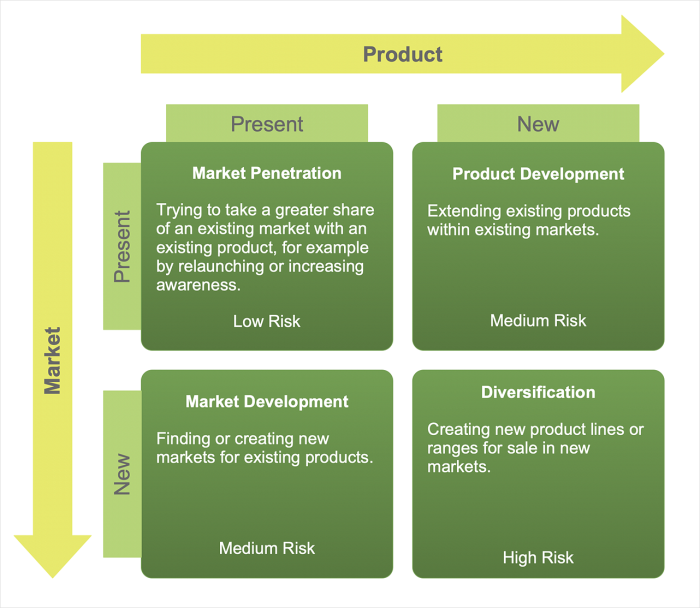The word “innovation” is often thrown around easily, even though not every idea is truly innovative. So, how can we define innovation?
As Nicholas Negroponte, Founder of the MIT Media Lab, describes in Netflix's Abstract: The Art of Design series (in the S2:E2 episode on bio-architecture with Neri Oxman):
"I had built a lab that had to do with the human-computer interface. So, we did all these things that were considered crazy at the time. We had the first flat panel displays. They were dismissed. We had displays working on touch. People thought those were inefficient. But we were at the School of Design, so we had a certain license – license to be weird."
– Nicholas Negroponte, Founder of the MIT Media Lab
MIT Media Lab was founded in 1985. Their work might have looked weird at the time, but today we can definitely say that it was – innovative.
In other words, innovation and growth can only happen when you dare to move the horizons and think beyond what is imaginable. The realm of possibilities then becomes endless.
Of course, the process of innovation is rarely done by one person. It requires a diverse team of people with different skills, experiences, and mindsets, who will contribute to implementing the idea and making a real change.
Here are the frameworks that can help you along the way.
In this chapter
TRIZ Framework
To innovate in teams, you can try the TRIZ framework. It’s a toolkit, a set of principles, and an innovation technique originally structured by Genrich Altshuller, a patent examiner for the Russian Navy. TRIZ is the Russian acronym for Theory of Inventive Problem Solving.
After reviewing thousands of patents, Altshuller made a distinction between routine inventions and truly breakthrough inventions. He then synthesized his learnings on breakthrough inventions into a book on 40 Invention Principles that can be used to navigate growth in any discipline.
Some of the TRIZ principles are:
Asymmetry
Consolidation
Segmentation
Universality
Nesting
Feedback
Mediation
Self-service
Replacement
Well, we certainly all know and use some of these principles to drive product growth, like segmentation, feedback, and self-service, so there’s no wonder that TRIZ has been growing in popularity, especially among product teams.
For example, the principles can be applied to resolve significant operational and design contradictions. Instead of making a compromise that could hurt the ideal final state of the product and prevent it from developing in the right direction, the TRIZ principles can help move the product back to its original vision.
Represented by the Innovation Management center, the graphic diagram looks like this:

(Source)
Double Diamond
Double Diamond was originally launched by the Design Council in 2004 as a design process model. In 2019, Design Council has evolved Double Diamond into a framework for innovation.
The Double Diamond framework consists of four phases:
Discovering customer problems and pain points by talking to them directly
Defining specific challenges you want to solve, based on the insights from discovery
Developing potential solutions through a cross-functional team collaboration
Delivering feasible solutions, testing them out, and improving those that work best

(Source; © Design Council)
The underlying principles of this framework, explained by the Design Council, are:
Put people first: Start with an understanding of the people using a service, their needs, strengths, and aspirations.
Communicate visually and inclusively: Help people gain a shared understanding of the problem and ideas.
Collaborate and co-create: Work together and get inspired by what others are doing. Iterate, iterate, iterate. Do this to spot errors early, avoid risk and build confidence in your ideas.
Diving deep into the problems and trying to find out the best possible solutions for customer needs is something you should always strive for. The Double Diamond framework is built to help you explore opportunities, shape innovative visions, and work on ideas to turn them into reality.
Ansoff Matrix
Igor Ansoff, applied mathematician and business manager, developed this matrix and published it in Harvard Business Review in 1957. Subsequently, the Ansoff Matrix was broadly accepted by business strategists, marketers, and product leaders as a way to understand the risks of growing their business.
In its essence, the Ansoff Matrix allows managers to evaluate the growth strategies and identify the associated risks.
The growth strategies assessed with this matrix are:
Market Penetration: Increasing sales of an existing product to an existing market
Product Development: Introducing new products to an existing market
Market Development: Entering a new market using existing products
Diversification: Entering a new market with completely new products
And the Ansoff Matrix looks like this, presented by ConceptDraw:

(Source)
Each time you move into a new quadrant, horizontally or vertically, the risk increases. So, market penetration is the least risky strategy, while diversification is the riskiest one.
If you are thinking about expanding your business or developing new products for different audiences, the Ansoff Matrix can be an excellent starting point for a strategic decision.
The Minto Pyramid Principle
Back in 1963, Barbara Minto was the first female MBA professional hired by McKinsey. During the 1970s, she invented The Pyramid Principle, also known as the Minto Pyramid Principle, as an analytics framework and a tool for thinking, writing, and summarizing ideas.
As she describes it in her recent interview for McKinsey:
“The great value of the technique is that it forces you to pull out of your head information that you weren’t aware was there, and then helps you to develop and shape it until the thinking is crystal clear. Until you do that, you can’t make good decisions.”
– Barbara Minto, author, coach, and consultant
Practically, this technique is based on the MECE principle, meaning that the divided pieces are mutually exclusive (ME) of each other and collectively exhaustive (CE) in terms of the whole. The technique is explained in Barbara’s book The Minto Pyramid Principle.
“The point above has to be a summary of those below because it is derived from them. You can’t derive an idea from a grouping unless the ideas in the grouping are logically the same and in logical order.”
– Barbara Minto, author, coach, and consultant
The pyramid will look like this:
(Source)
The Minto Principle is applicable to crafting comprehensive documentation, reports, presentations, or any group activities where you need to narrow the ideas down and order them in a logical way to better understand the issue at hand.
The bottom line: To drive product growth, use innovation frameworks to structure your ideas, rethink your vision, and come up with innovative solutions. The frameworks and principles can be valuable accompanying assets to your product thinking and strategizing.
Conclusion
That’s all, folks! It’s time to wrap this up.
With so many different product management frameworks available, selecting the right one for your team can be quite a challenge.
You can make a choice by combining personal preferences with the underlying methodology in your organization. And you can then narrow the frameworks down and choose the most suitable ones.
Or, you can try a few different frameworks before you make some of them part of your regular workflow. If nothing else, trials can reduce the chances of choosing the wrong framework, which would save you a lot of time and resources.
Remember, there is no universal way of doing product management, nor the rules set in stone – nor a one-size-fits-all solution, for that matter. Your organization is unique and you can adjust the frameworks you choose to serve your needs, strategies, and processes.
In this guide, we covered the most effective frameworks for software development, setting goals, roadmapping, prioritizing, decision-making, problem-solving, innovation, and growth.
If you take a closer look, you’ll notice that many of them have been developed either by an individual, a group of professionals, or a company, out of the urge to find better solutions for their challenges.
Have you developed a framework of your own that has proven to work like a charm? We want to hear about it! Share your insights with us, and your framework might find its place here.
A wrap-up: Find the frameworks that work best for you, collaborate across teams in your organization to achieve your goals, and always be mindful of the importance of continuous communication with users throughout the product lifecycle.
Get user feedback with Chameleon
Run in-product surveys to collect contextual user feedback throughout the development process – from ideas to validation to deployment.




